Solar
Erika and Achim Ginsberg-Klemmt
Solar
Jonathan Lwowski
Solar
Dr. Eric Schneller
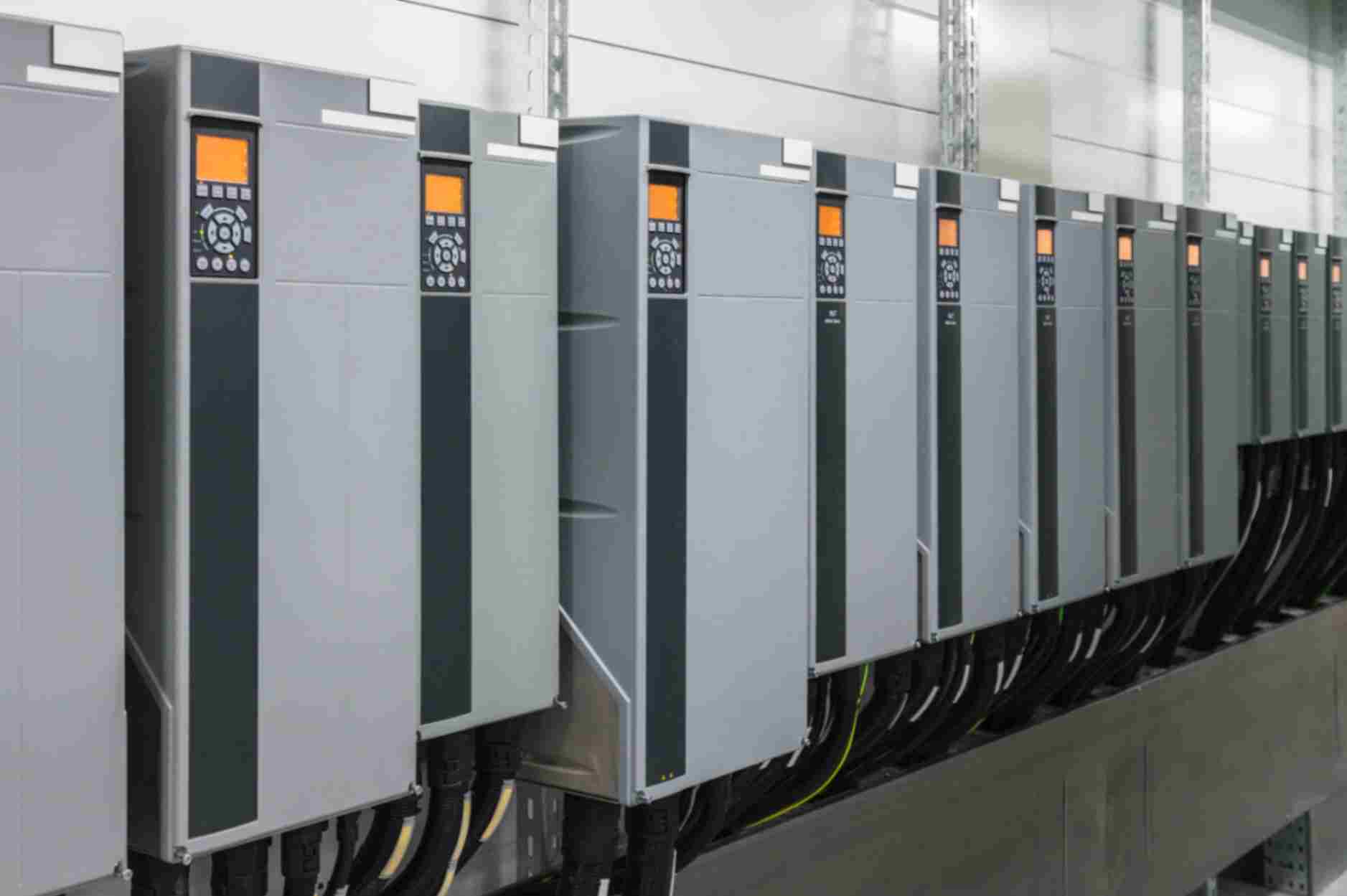
Prevalon Energy, a leader in advanced energy storage solutions, has successfully completed Large-Scale Fire Testing (LSFT) of its HD5 energy storage enclosure—demonstrating robust fire containment under extreme conditions.
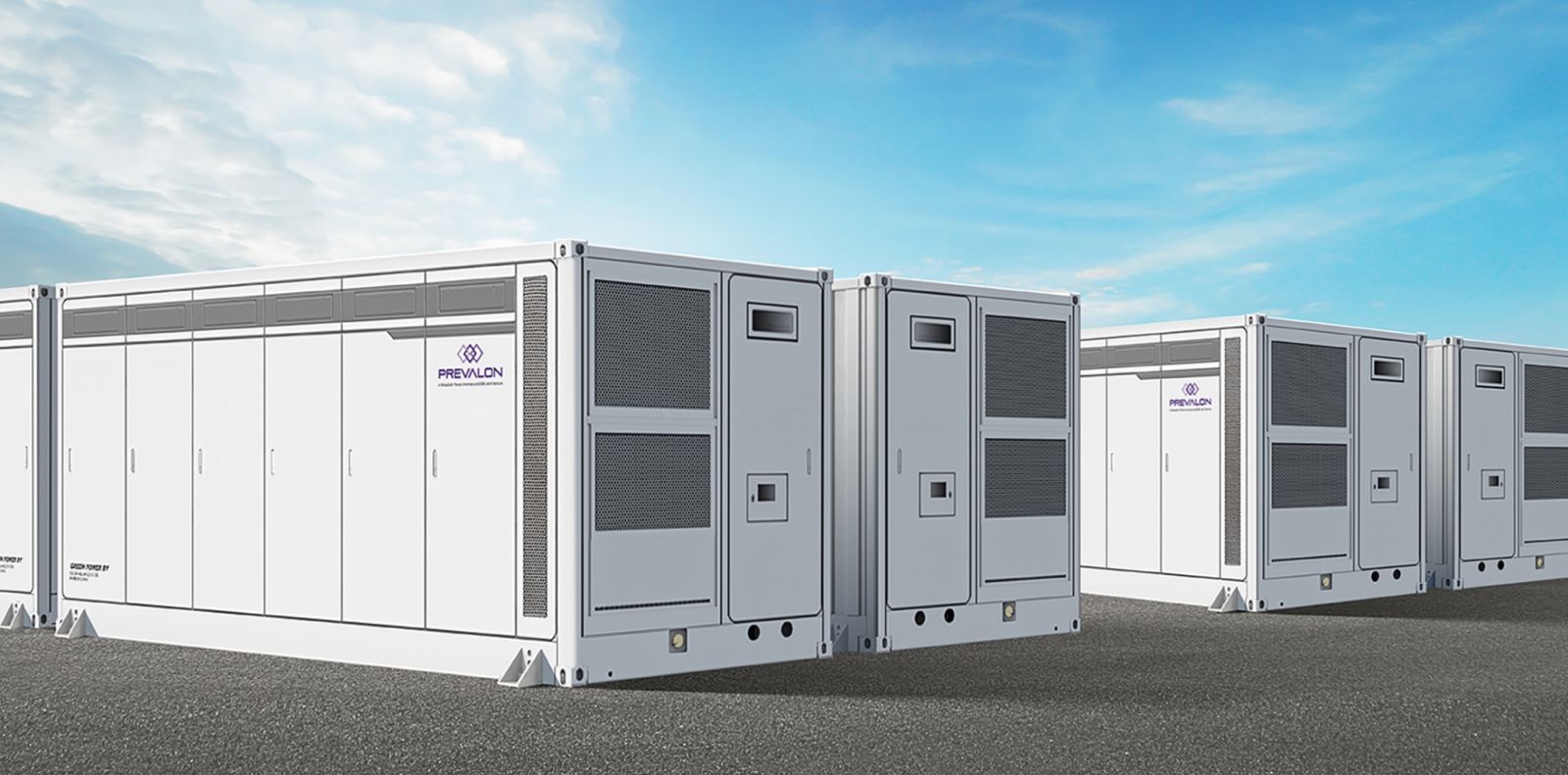
The test, conducted at a certified facility in accordance with CSA TS-800, simulated a thermal runaway event in a fully functional HD5 unit. Four enclosures were configured in a standard back-to-back, side-to-side arrangement. The initiating unit was subjected to aggressive conditions to ensure full thermal propagation. Results confirmed that the fire was fully contained within the initiating unit, with no impact on adjacent enclosures and all battery modules remaining below critical thermal thresholds.
"Ensuring the safety and reliability of our energy storage systems is paramount," said Alejandro Schnakofsky, Chief Technical Officer at Prevalon Energy. "The successful completion of this rigorous testing validates our design approach and provides our customers with confidence in the robustness of our solutions."
The HD5 Platform includes integrated fire mitigation technologies—enhanced thermal barriers and strategic component layout—designed to isolate and contain thermal events. These systems align with the latest UL and NFPA safety standards, keeping customers ahead of evolving compliance requirements.
“Safety and reliability are critical for energy storage,” said Tom Cornell, President and CEO of Prevalon Energy. “The completion of this Large-Scale Fire Test is a true testament to the dedication of our team in delivering not only cutting-edge technology but also peace of mind to our customers.”
Prevalon is also tackling another key challenge: acoustics. The company is developing low-noise solutions to meet strict community sound regulations—making the HD5 not just safer, but quieter and more adaptable to urban and suburban environments.
This milestone was achieved in partnership with one of Prevalon's contract manufacturers, Clou, reinforcing our commitment to high-quality production and rigorous testing. It reflects Prevalon Energy’s dedication to continuous improvement and our proactive approach to exceeding evolving safety and environmental standards in energy storage.
Prevalon Energy | https://prevalonenergy.com/
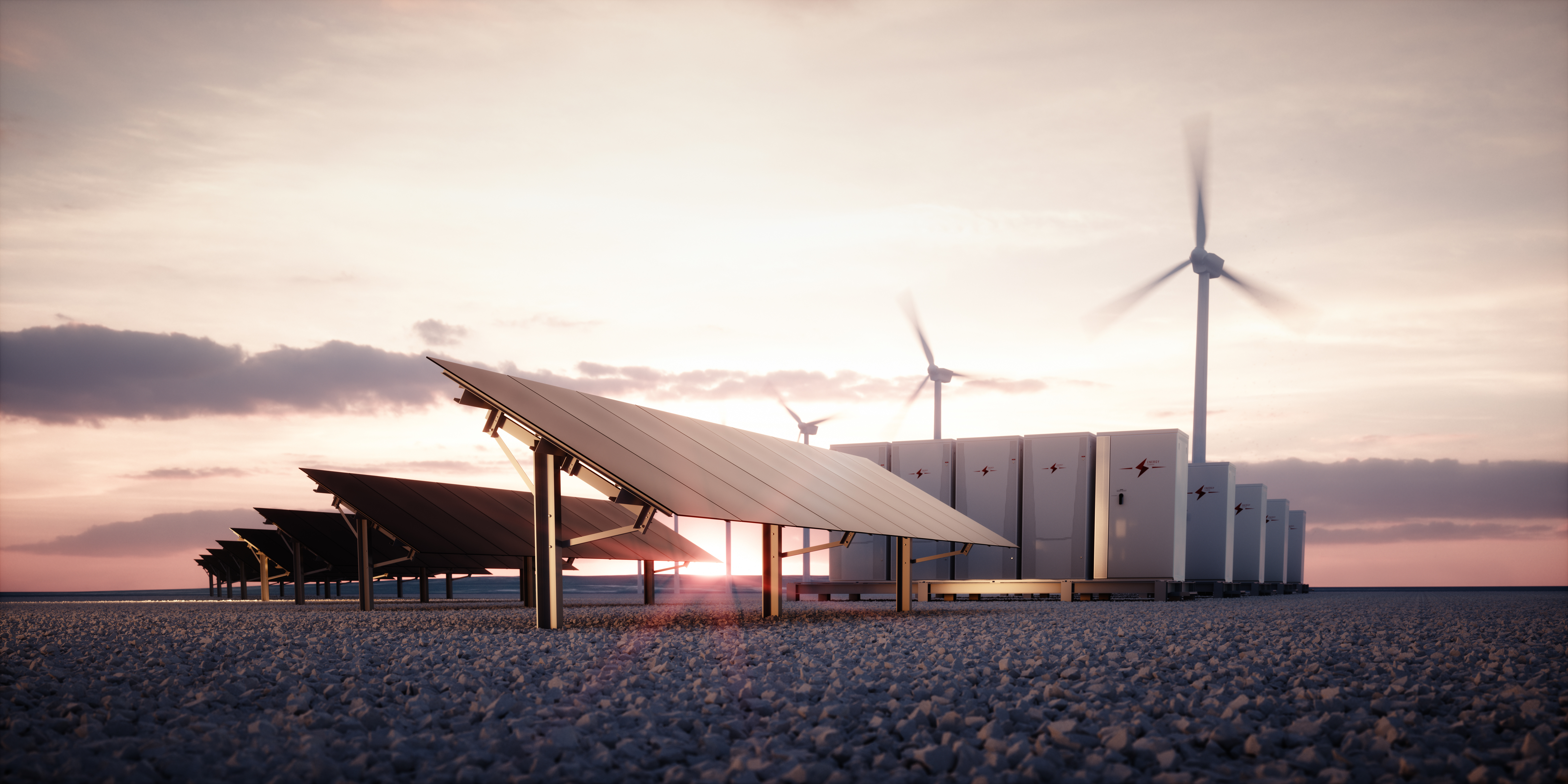
LG CNS, a leading AX (AI Transformation) company in Korea, is continuing to take bold steps toward becoming a leading smart city in the United States in collaboration with New York City. The global technology giant is investing in the city by installing state-of-the-art electric vehicle (EV) chargers at the Brooklyn Army Terminal (BAT) and partners with Matcha, a Boston-based startup developing EV charging solutions, to make sustainable transportation more accessible for New Yorkers. Installation is already completed, and EV chargers are available from now through December 2025.
As part of this initiative, LG CNS is developing a cutting-edge mobile app that will provide real-time information on EV charging availability, and other essential data to improve urban mobility. This app will serve as a valuable tool for residents and visitors alike, enhancing the convenience and efficiency of electric vehicle use in the city.
The installation of EV chargers at the Brooklyn Army Terminal marks just the beginning of LG CNS's engagement with New York. With a long-term vision to support green energy and digital transformation, LG CNS is playing a crucial role in shaping the future of the city. This collaboration between NYC and LG CNS represents a significant investment in both infrastructure and technology, positioning the city at the forefront of the smart city revolution.
Beyond EV infrastructure, LG CNS is committed to leveraging its advanced technologies to help New York City become an IT leader in the United States. The company is exploring innovations in artificial intelligence, smart surveillance, and data-driven urban solutions to support NYC's modernization efforts. By integrating these technologies, LG CNS aims to improve citywide efficiency, safety, and sustainability.
LG CNS is also planning to install Energy Storage Systems (ESS) to help stabilize NYC's electricity market. By implementing ESS solutions, LG CNS aims to enhance the city's energy resilience, improve grid efficiency, and support the transition to more sustainable power sources.
LG CNS will join New York City Economic Development Corporation's (NYCEDC) next cohort of Pilots at BAT, a program that allows companies to test and scale their innovative technologies in live environments. Due to the success of the initial Pilots at BAT cohorts, the program is expanding to NYCEDC's MADE Bush Terminal in Sunset Park. NYCEDC's Sunset Park District provides over 200 acres of waterfront space in Brooklyn to support emerging climate solutions in key green economy sectors like resiliency, mobility and buildings.
In October 2023, Mayor Adams signed a Memorandum of Understanding with LG CNS CEO Shin-Gyoon Hyun and James Kim, Chairman and CEO of the American Chamber of Commerce in Korea. This agreement aims to encourage substantial Korean investments in New York City. The NYCEDC Business Development Team worked with LG CNS for successful entry into the NYC ecosystem by identifying strategic city opportunities and guiding them through the site selection process.
LG CNS | https://www.lgcns.com
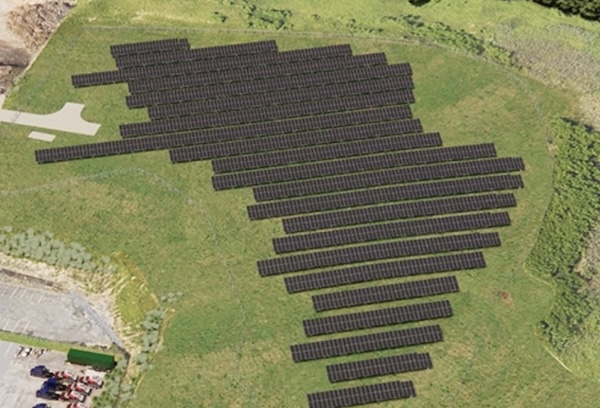
Governor Kathy Hochul announced that the New York Power Authority (NYPA) and the City of Albany will co-develop a new 1.5-megawatt solar energy project at the capped North Albany/Shaker Park landfill. The ground-mounted solar farm is estimated to come online in 2027 and will power the equivalent of more than 200 homes. This is also NYPA’s first renewable energy project in the newly established Renewable Energy Access and Community Help (REACH) program, which will lower energy costs for low- or moderate-income Albany area residents and eligible New Yorkers in the surrounding area. At the landfill solar project kickoff event today, the City of Albany also was recognized by the New York State Department of Environmental Conservation for achieving silver status, the highest level of certification as a Climate Smart Community.
"Transforming the North Albany landfill into a source of clean energy is evidence of our steadfast commitment to create a more affordable and reliable electric system for all New Yorkers,” Governor Hochul said. “Through this collaboration and project, NYPA is advancing its efforts to develop new renewables while simultaneously benefiting low- and moderate-income area residents with bill credits through its new REACH program. This project also reflects our focus on repurposing underutilized sites to meet our ambitious climate goals in smart, sustainable ways.”
New York Power Authority President and CEO Justin E. Driscoll said, “The Power Authority’s second clean energy project as part of its Renewables Strategic Plan is in partnership with the City of Albany and will transform a capped landfill into a 1.5 MW solar facility that will power the equivalent of over 200 homes by 2027. The project is also the first to be part of NYPA's new REACH program, which was designed to support energy affordability for low- and moderate-income residents, furthering our commitment to a cleaner, more equitable energy future for all New Yorkers.”
Albany Mayor Kathy Sheehan said, “The North Albany landfill solar project is the next step towards bringing more clean energy benefits to City of Albany residents and lowering greenhouse gas emissions. Albany is committed to becoming a city with net zero emissions by 2050 and innovative projects like this are exactly how we are going to meet that goal. We cannot thank Governor Hochul and President Driscoll enough for the commitment and investment in clean energy.”
The North Albany/Shaker Road project is one of the first to be developed under NYPA’s Renewables Strategic Plan. The plan is a roadmap for NYPA’s renewable energy development under its expanded authority to build additional renewable energy resources to help advance New York State’s climate goals. The project will be built adjacent to the city’s Department of General Services headquarters and further enshrines Albany Mayor Kathy Sheehan’s commitment to the environment and the city’s sustainability goals. The North Albany landfill site was chosen after an extensive evaluation of multiple sites by Albany’s Office of Sustainability in cooperation with NYPA. In addition to their signed contract, the City of Albany and Power Authority have completed pre-feasibility studies for the site and will now move forward to the next phases of development, including preparing and submitting an interconnection application to the local utility.
The project is the first to be developed through NYPA’s new REACH program, which will provide bill credits for eligible low- or moderate-income households after the project comes online in 2027. Those who enroll in the state’s Energy Affordability Program (EAP) and the Statewide Solar for All program may be eligible for automatic monthly bill credits through the REACH program once the project is completed, online and generating revenue, with a target of 2027.
NYPA recently announced Somers Solar, a 20 MW solar energy generation project in the town of Fort Edward in Washington County, will be its first renewables project under the expanded authority.
NYPA’s Expanded Authority to Develop Renewable Energy
The 2023-24 Enacted State Budget authorized NYPA to advance renewable energy and support state priorities, building on NYPA’s existing efforts to provide clean, affordable power and expand New York’s transmission system. Specifically, this expanded authority called for NYPA to accelerate renewable energy development, support workforce training, establish the REACH program, support decarbonization efforts across the state, and deactivate its small natural gas power plants in New York City and on Long Island.
Since Governor Kathy Hochul signed the 2023-2024 Enacted State Budget into law, NYPA has made significant progress, including establishing business structures, filling key roles, and advancing initial projects. NYPA has also created a subsidiary to facilitate external capital and protect against project risks.
The Power Authority, through its wholly owned subsidiary the New York Renewable Energy Development Holdings Corporation (NYRED), will construct the 1.5 MW solar generation project.
NYPA | https://www.nypa.gov/
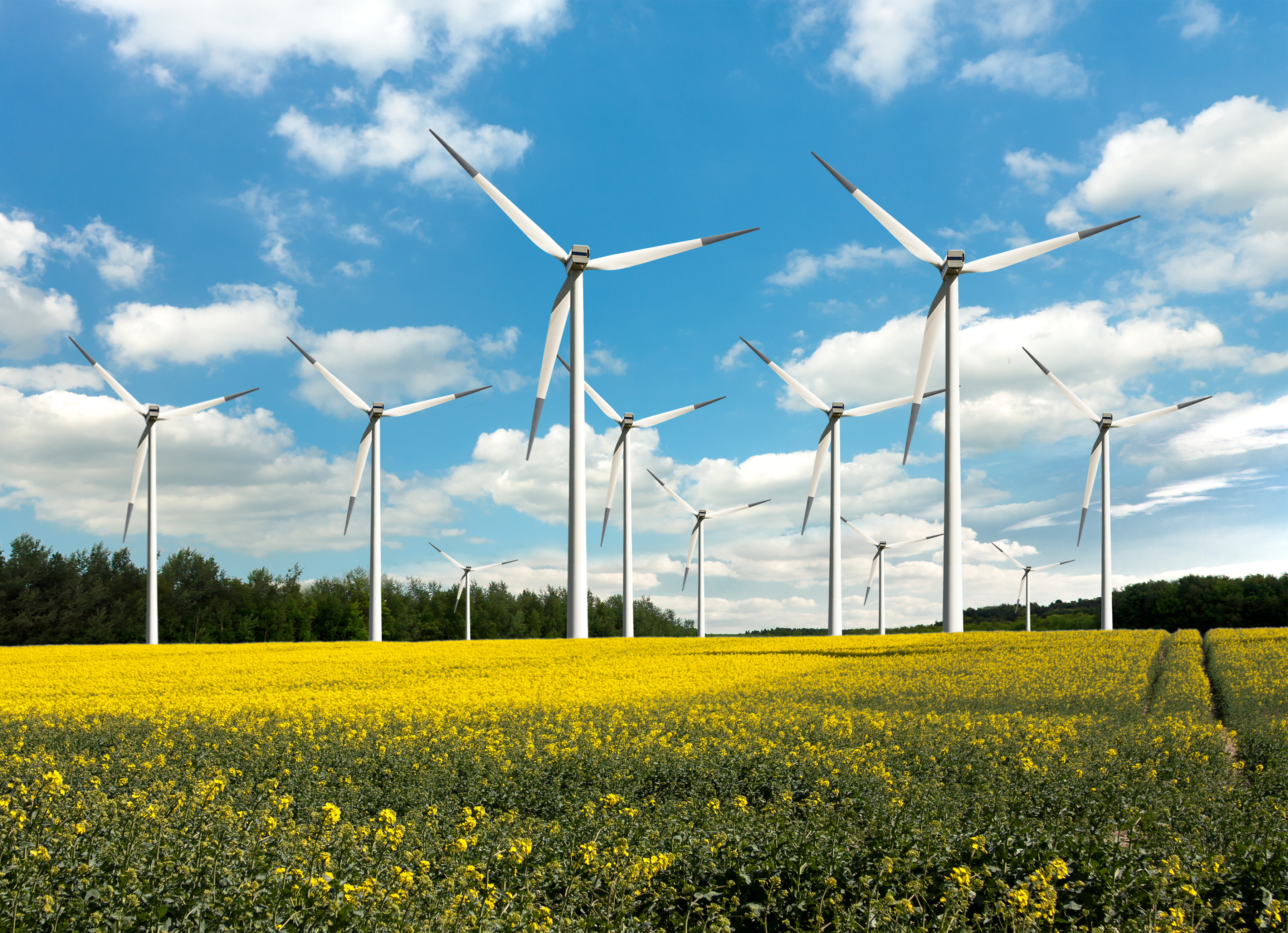
The American Clean Power Association (ACP) issued the following statement from ACP CEO Jason Grumet after the Department of the Interior issued a stop work order for offshore wind project construction activity impacting the Empire Wind 1 project (15-30 miles south of Long Island):
“Halting construction of fully permitted energy projects is the literal opposite of an energy abundance agenda. With skyrocketing energy demand and increasing consumer prices, we need streamlined permitting for all domestic energy resources. Doubling back to reconsider permits after projects are under construction sends a chilling signal to all energy investment.
“These political reversals are bad policy, whether applied to pipelines or wind farms. We encourage the Administration to quickly address perceived inadequacies in the prior permit approvals so that this project can complete construction and bring much needed power to the grid. At the end of the day, reliable energy systems depend on reliable political systems.”

Ipsun Solar, a community-based solar company serving Virginia, Washington D.C., and Maryland, is proud to announce a new partnership with EYA, Washington's leading developer of urban and transit-oriented properties. Through the partnership, Ipsun will provide homebuyers with the option for rooftop solar panel installations for EYA's new townhomes at Reservoir District, a sustainability-focused, all-electric community currently under development in Washington, D.C.
Through this partnership, homebuyers can select to seamlessly add a complete solar system during the design phase of their townhome purchase. Ipsun Solar will install between 8 and 14 high-efficiency 425W panels, depending on the home model, along with a solar inverter for reliable, clean power from day one.
"This partnership reflects our mission of making solar energy accessible, high-quality, and an easy choice for homeowners," said Jim Cahill, General Manager of Ipsun Solar. "EYA's leadership in building vibrant, walkable communities aligns perfectly with our commitment to clean energy. Together, we're helping residents lower utility costs, reduce emissions, and invest in long-term sustainability."
"We're excited to work with Ipsun Solar to bring high-performance solar energy to Reservoir District," said Jack Lester, Executive Vice President of Acquisition and Development. at EYA. "This collaboration enhances our all-electric home offering with a renewable energy option that aligns with our vision of creating communities that are not only thoughtfully designed, but environmentally responsible and future-ready."
Residents who install solar at Reservoir District can benefit from a 30% federal tax credit and generate income through Solar Renewable Energy Certificates (SRECs)—currently valued at $415 each in Washington, D.C. The solar systems are backed by Ipsun Solar's 10-year workmanship warranty, along with Q CELLS' 25-year equipment and production warranties.
EYA | https://www.eya.com/
Ipsun Solar | https://ipsunsolar.com/

Palmetto, a leading provider of clean technology products and services, announced its Energy Intelligence Group has signed WattShift as its first Virtual Power Plant (VPP) customer. This milestone follows the recent launch of Palmetto's Energy Intelligence API, a powerful new data tool that provides unprecedented access to building energy modeling. The API empowers businesses, utilities, and developers to drive the widespread adoption of clean energy solutions.
The company's first VPP customer is WattShift, a leader in smart thermostat and distributed energy resource demand management bringing cheaper, cleaner energy to homes. Recognizing that peak energy demand drives up costs and carbon emissions, WattShift's software connects to smart thermostats and intelligently manages energy use during these critical times. Whether with thermostats, hot water heaters, or home solar and battery arrays, WattShift's innovative approach puts money back in consumers' pockets without compromising comfort by proactively adjusting settings based on grid conditions and energy prices.
WattShift is using Palmetto's Energy Intelligence software to predict a home's energy consumption, production, and storage capacity at peak demand times, thereby improving load-shifting recommendations and maximizing impact with minimal disruption to comfort or convenience for our customers.
Will Blanchard, CEO of WattShift, stated, "Palmetto's Energy Intelligence software allows us to model a home's disaggregated energy footprint at the hourly level, insights that help us create maximum value for our customers. These insights allow us to optimize the timing of energy usage, including the efficient utilization of battery and thermal storage for grid support. The product was a natural fit for us at WattShift, and the platform offers the potential to significantly expand WattShift's reach and impact."
Palmetto's Energy Intelligence API models the building and energy footprint of every residential building in the United States, detailing energy consumption by fuel type and disaggregated end-use. This proprietary AI-powered technology is now available to developers globally, enabling the creation of scalable solutions for energy and climate challenges. The API allows users to pinpoint any U.S. residential address, analyze its building characteristics through geospatial intelligence, understand energy consumption patterns, and forecast the impact of energy efficiency upgrades.
By equipping businesses with this actionable intelligence, Palmetto empowers them to guide consumers in transforming their homes into resilient, clean energy hubs. This forward-thinking technology facilitates the integration of distributed energy resources and optimizes the grid edge.
"Our goal in developing the Energy Intelligence API was to accelerate the clean energy transition by democratizing access to powerful AI-driven energy data for businesses and developers," said Michael Bratsafolis, President of Energy Intelligence at Palmetto. "By providing granular insights into energy consumption and production across diverse scenarios, we are helping our customers build smarter, more efficient energy systems that benefit both consumers and the environment."
Key Benefits of the Energy Intelligence API:
What will you build?
Palmetto is actively onboarding new customers - interested parties can create an account here and start building in minutes. Pricing will be set on a per-call basis, and can be customized for predictable volume buyers, but the generous free tier will enable any interested developer access to the technology.
Join Palmetto at San Francisco Climate Week!
Palmetto's Energy Intelligence Group will be co-hosting the 2025 Energy Hackathon during San Francisco's Climate Week. Learn more about their insights and the future of energy intelligence at https://www.sfclimateweek.org/
Palmetto | https://palmetto.com/
WattShift | https://www.wattshift.com/

Lhyfe (EURONEXT : LHYFE), a world pioneer in the production of green and renewable hydrogen for mobility and industry, announces that the French Prime Minister has officially confirmed, by signature, a €149 million grant for its future green hydrogen production plant located near the Grand Canal of Le Havre. The facility is expected to reach a capacity of up to 34 tonnes per day. The project was selected in 2022 by the European Commission as part of the third wave of IPCEI (Important Projects of Common European Interest) dedicated to hydrogen. In March 2024, the French government announced its decision to award this grant to Lhyfe, through Roland Lescure - then Minister Delegate for Industry and Energy - during a visit to Le Havre1.

3D modelling of a Lhyfe green hydrogen production site (onsite)
A phased public support scheme
The contract signed with Bpifrance outlines the terms of implementation for the public funding. Lhyfe will receive an initial advance of €18m by June 2025, enabling it to cover investments already made since 2022 and to launch the next stages. A second tranche will be released in the following months based on the achievement of milestones specified in the contract. Subsequent payments will take the form of reimbursements for eligible and duly justified expenses, contingent upon the successful completion of predefined annual milestones, over a four-year period and up to a maximum total amount of €149m.
Green Horizon: decarbonising one of Europe's largest industrial port areas
With the Green Horizon project, Lhyfe intends to produce up to 34 tonnes of green hydrogen per day near the Grand Canal du Havre (Normandy), one of Europe's largest industrial port areas.
This site will supply the region's needs in terms of decarbonisation of industry and mobility. The plant will be located near the Yara site in Le Havre, whose decarbonisation roadmap includes the use of green hydrogen. Yara is interested in and supports Lhyfe's project.
The Lhyfe production site, to be located on a 2.8-hectare plot of land in Gonfreville-l'Orcher, is expected to be completed by 2029 and will be one of the first large-scale production sites for decarbonized hydrogen produced by water electrolysis in France and Europe.
Completion of this project will help demonstrate the technical feasibility and economic viability of this solution, which is an essential complement to direct electrification for decarbonising economies, reducing dependence on fossil fuels and meeting the greenhouse gas emission reduction targets set out in the Paris Agreement.
This type of pioneering project must be implemented swiftly to pave the way for the larger-scale facilities needed to meet the ambitious targets for installed electrolysis capacity (4.5 GW targeted in France by 2030) and greenhouse gas emission reductions outlined in the French and European hydrogen and decarbonisation strategies.
This project has been selected by the French government as part of the call for expressions of interest on hydrogen carried out in France in 2021, integrated into the third wave of IPCEI on hydrogen in 2022 and validated by the European Commission in February 2024. IPCEI are transnational projects identified as strategic by the European Union.
For this project, Lhyfe has already submitted the building permit and the environmental authorization request. Grid connection and availability of the necessary power have been secured.
A European pioneer in green hydrogen leveraging its experience to decarboniseindustry and mobility
Lhyfe is a producer and supplier of green, renewable hydrogen throughout Europe. Lhyfe has been producing and delivering green hydrogen for over 4 years with its first plant completed in 2021. It now has 4 production sites in France and Germany and is developing numerous sites throughout Europe. Lhyfe supplies customers directly, with over 470 deliveries made in 2024 to around fifty clients across 8 European countries. Lhyfe relies on a fleet of nearly 70 containers, one of the largest modern bulk hydrogen transport fleets in Europe, with a 99% service rate.
As part of the onsite Green Horizon project, hydrogen will be delivered primarily by pipeline, with a direct connection to the customer's industrial site. With two world firsts (a site directly connected to wind turbines and using seawater, and an offshore production pilot), Lhyfe is playing a pioneering role in the sector and is involved in numerous innovation projects related to current and future applications for green and renewable hydrogen.
Matthieu Guesné, founder and CEO of Lhyfe: ‘We are proud to receive this grant, which reflects a strong vote of confidence from the French government and the European Commission in a SME that is capable of innovating, meeting complex technological challenges and rapidly turning its ambitions into reality. It also recognizes our ability to invest heavily and rally renowned international partners to our side. By contributing to the decarbonization of Le Havre industrial-port area starting in 2029, the Green Horizon project marks a real turning point – one that is essential if we are to decarbonise our industrial uses on a large scale. With this project Lhyfe will surpass the 100 MW milestone ininstalled electrolysis capacity: a true industrial leap forward!’
Lhyfe | https://www.lhyfe.com/
Alternative Energies Mar 31, 2025
Green buildings are transforming the way we design, construct and operate structures by focusing on energy efficiency, environmental responsibility and occupant well-being. As technology evolves, innovations like organic printed semiconductor systems....
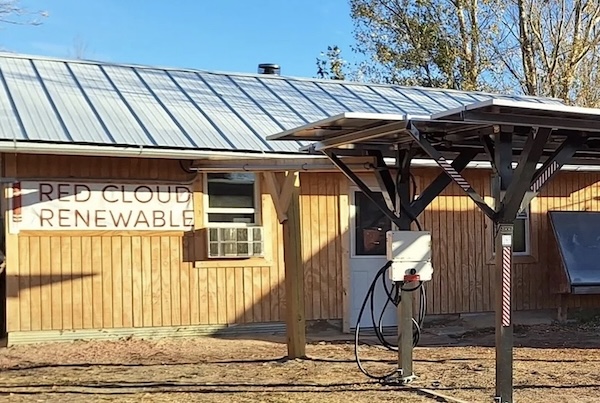
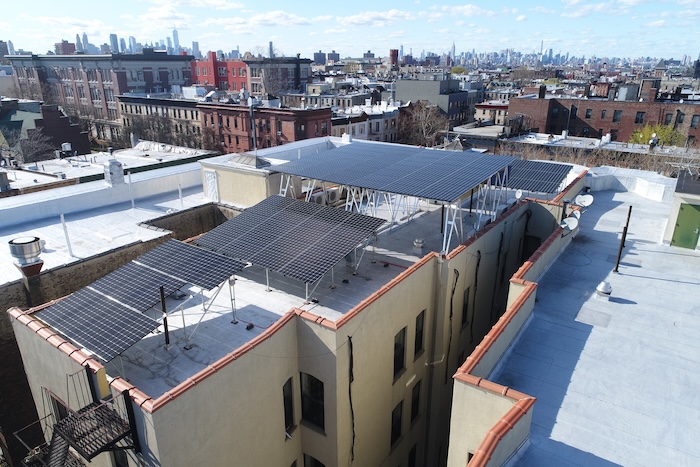
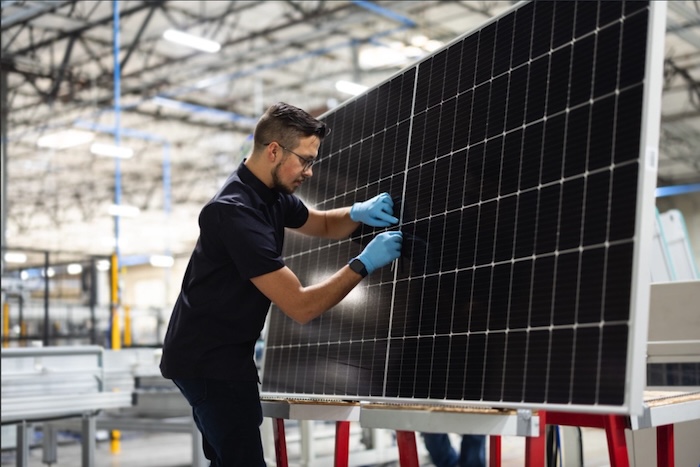
A historic milestone in renewable energy deployment has been reached in the United States, and it all started with the vision and leadership of Chief Henry Red Cloud at the Red Cloud Renewable Energy Center (RCR) in Pine Ridge, South Dakota....
Given the Trump administration’s past approach to renewable energy, solar developers and installers nationwide are bracing themselves for another period of lack of support for renewables. But the success of the Inflation Reduction Act’s (IRA) ....
The global solar industry has experienced substantial growth and maturation over the past decade. As a result, we now have easy access to high-efficiency solar panels equipped with extended warranties of 25 years or more. Considering that we rarely e....
Renewable energy sources such as wind an....
As wind energy continues to expand its r....
As the renewable energy sector continues....
Significant advancements in battery technology—including lithium-ion, solid-state, and other emerging technologies have occurred in recent years as was recently acknowledged by institutions such as the International Energy Agency and BloombergNEF([....
The move toward green, clean, sustainable energy will require a massive investment in research and development (R&D) to develop the innovations that will accelerate the modernization of North America’s electrical grids. Advancements in Battery ....
With the increase of electric vehicles on the road, there is growing demand for EV chargers. Drivers are left with a few different options: they can use a public charger, they can charge at work if they are lucky enough to have that option, or they c....
Green buildings are transforming the way we design, construct and operate structures by focusing on energy efficiency, environmental responsibility and occupant well-being. As technology evolves, innovations like organic printed semiconductor systems....
For fuel cell-powered transportation, the future hinges on investment in six key areas As a transportation mode that uses the universe’s most abundant element, one that’s renewable and yields zero tailpipe emissions other than water, hydrogen-....
As the global energy transition marches on, hydrogen remains a promising energy carrier for a decarbonized system. Demand for clean hydrogen is expected to increase two to four times by 2050, facilitating the shift to a carbon neutral grid and cleane....